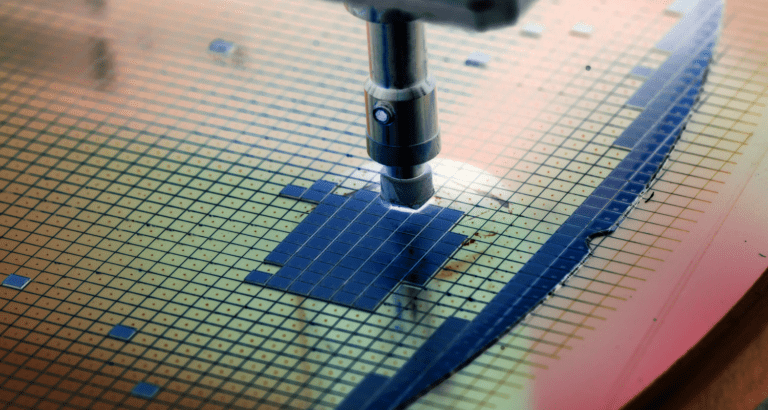There will be a new research complex for advanced chips at the University of Albany in New York. New York State, along with IBM and Micron, among others, is investing $10 billion.
The new facility will be built at the Albany NanoTech Complex, The Wall Street Journal reports. New York State itself is contributing $1 billion to the project. To conduct research on the most advanced techniques for chip production, it has purchased several ASML’s High-NA EUV scanners. In September, outgoing ASML CEO Peter Wennink promised that these latest machines would be delivered before the end of this calendar year. At the time, we highlighted reports that Intel might be the first customer for R&D purposes. Either way, the Albany NanoTech Complex gets the honor of becoming one of the first recipients.
The value of these new scanners is said to be between $300 million and $400 million each. Nevertheless, they will be used only for research purposes initially. If Intel’s roadmap is to be believed, the machines will not be used for commercial applications until the second half of 2024 at the earliest. Getting to a smaller chip process node than 1.8 nanometers (or 18 Ångström) for new processors requires these latest ASML machines.
Albany has long been a centre of innovation
The Albany NanoTech Complex is certainly not new: It opened its doors in 1997. Since then, countless developments have been made possible in part thanks to this complex. IBM and Tokyo Electron found a breakthrough in “chip stacking” in 2022, for example. This involves stacking several layers of silicon on top of each other to get more computing power or memory in a compact size. Connecting them has proven to be difficult and expensive, but the two parties devised a technique that significantly eased that concern.
The new facility is expected to create 700 new jobs and should be completed within two years. In addition to the $10 billion pledged, New York State, IBM, Micron, and other participants will be hoping for an additional boost from the U.S. CHIPS Act, which has freed up $11 billion for a National Semiconductor Technology Center. To qualify, New York must be designated as one of the country’s research hubs. Given the existing reputation and infrastructure of the Albany complex, there’s a good chance that will be the case.
Also read: ASM invests 300M in US without expansion plans in Europe
